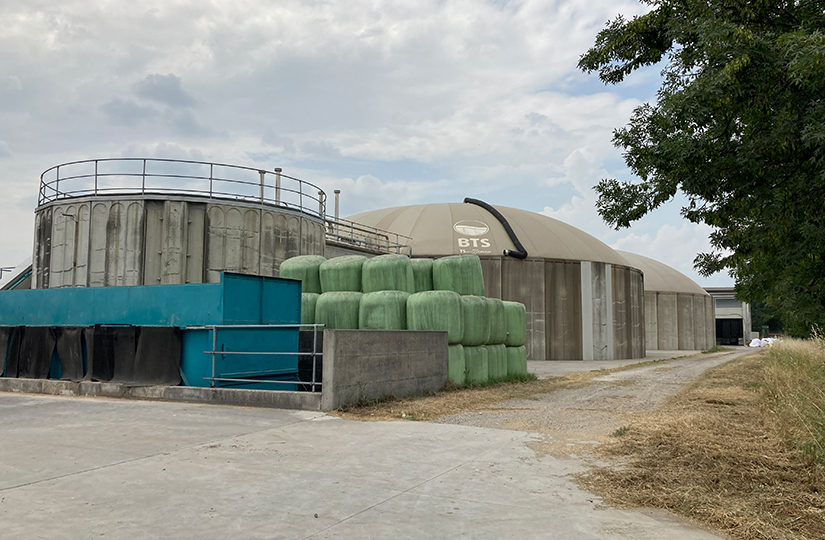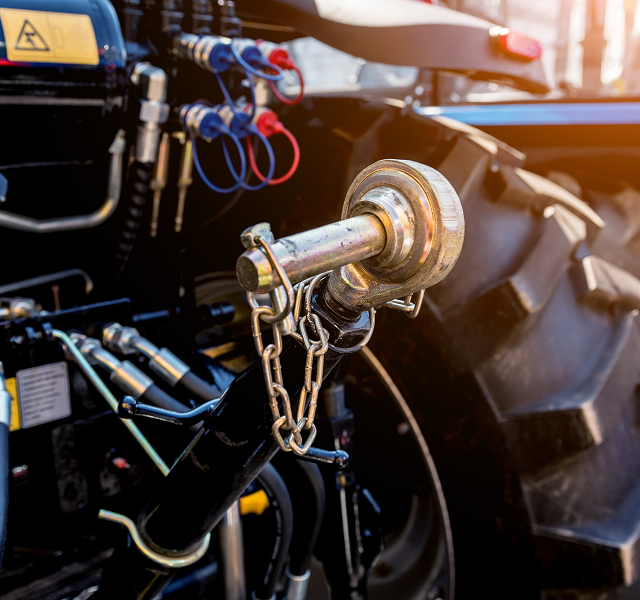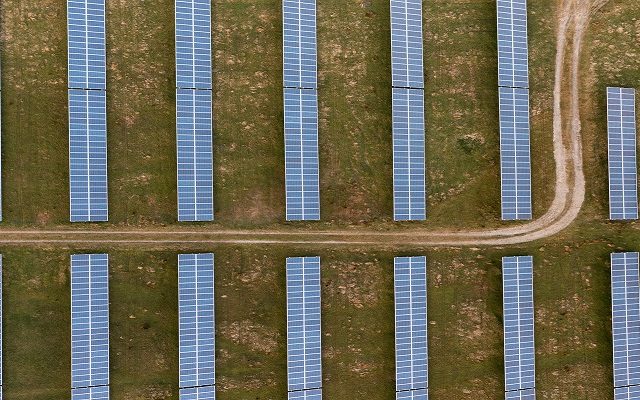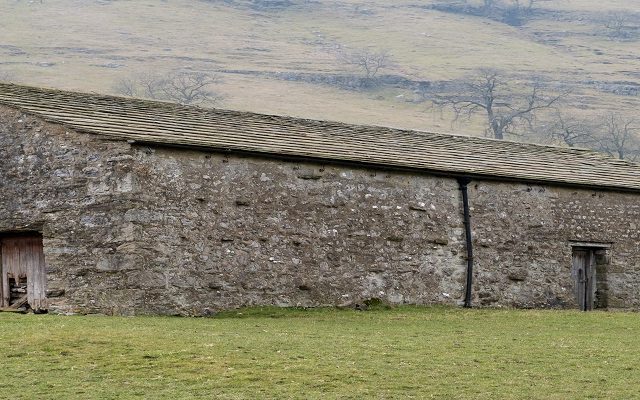Learning from the Italian biogas sector
A group of Italian farmers are integrating anaerobic digestion (AD) technologies with farming practices designed to lower greenhouse gas emissions, with the goal of producing both food and fuel more sustainably.
They have developed a concept called ‘Biogas done right’, which is proving a success in terms of reducing their carbon footprint, cutting fertiliser costs and improving soil health.
There are lessons to be learned for UK producers from the approach being taken.
What they have got right is the development of a holistic approach, which is not only generating energy and producing diversified income, but also benefiting the soil and cutting artificial fertiliser by optimising the use of digestate.
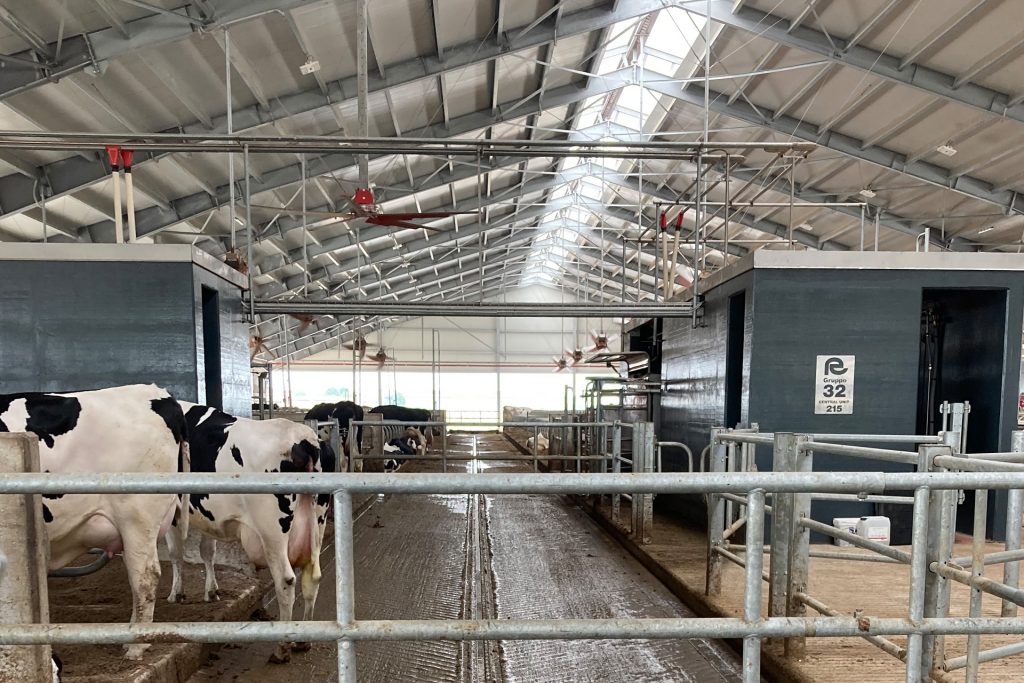
Case study
The Cingia De Botti farm is located to the southeast of Milan and spans 1500ha of fertile alluvial plain adjacent to the River Po. The farm houses a 600-cow fully automated dairy in a new complex, together with the three 2MW digesters.
The farm operations benefit from dribble irrigation augmented by the liquid digestate and a system of double cropping – with a rotation of white straw crops with triticale, maize and tomatoes – to produce nearly all the feed requirements for the stock and the AD plants.
One of the digesters delivers Combined Heat and Power (CHP), providing the heat to a nursing home adjacent to the farm and meeting the farm’s needs as well as exporting electricity to the grid.
Another of the three digesters is fitted with gas-upgrading equipment which means clean bio methane can be injected straight into the Italian National Gas Grid. The third is built but not yet operational.
The AD plants are producing more than 90% of the fertiliser requirements of the farm. The nutrient-rich digestate is injected direct into the soil, which has improved soil health and saved fertiliser costs.
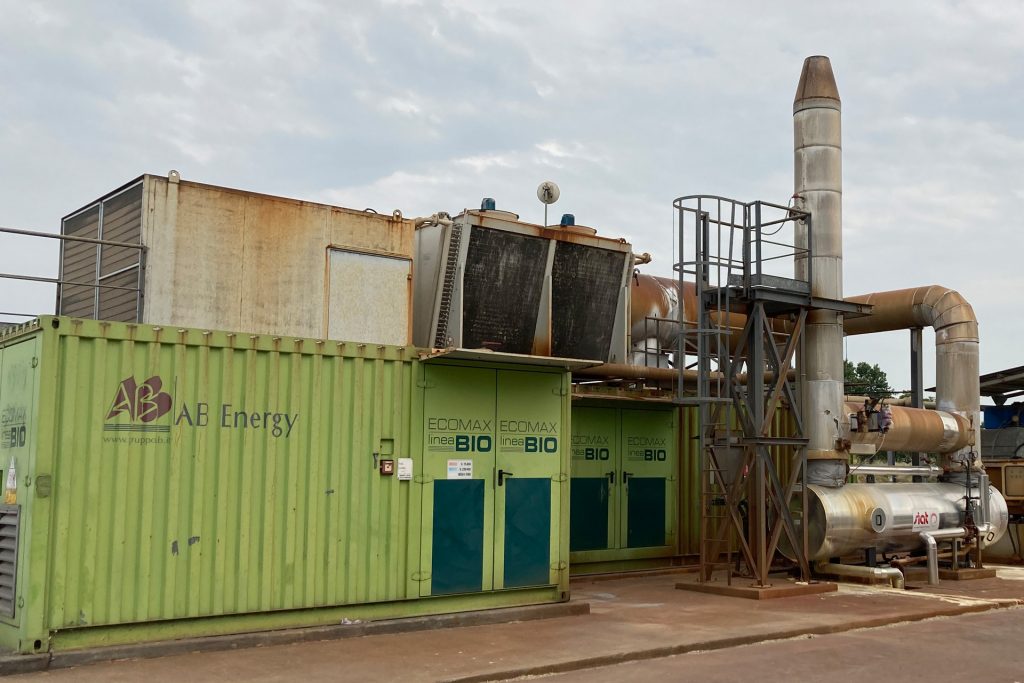
The Cingia De Botti’s cows are bedded on dried digestate and this is also recycled onto the farm in the form of farmyard manure, with the liquid slurry automatically scraped and fed direct to the digesters by underground pipeline.
Three very large silage clamps provide the main feedstock for the AD, while the cows are fed from bagged silage and specialist feed hoppers which reload the automatic feeder machines.
The cows at Cingia De Botti are housed all year round in a ‘cow palace’ which includes shower facilities and back scratchers for the animals, under cooling fans. They exercise and rest in wide scraped passages and lounging areas and are bedded on soft digestate fibre.
The cows milk themselves on average 3.2 times a day. The milk they produce goes to make Grana de Padano cheese in the local co-operative.
Cingia De Botti is a large business which has had considerable investment, but it may be feasible to replicate the model at a smaller scale.
While the level of government support for biogas is lower in the UK than in comparable European countries – notably France – the recent hike in natural gas prices and the growing demand for bio methane for heavy transport provides a potential market for UK farmers and growers to meet demand at the same time as negating their fertiliser bills, restoring soil health and driving down their carbon emissions.
Oliver Harwood is a director and biogas specialist who has recently returned from an International Energy Agency biogas meeting in Italy where he toured the ‘Biogas done right’ farm. Oliver has been assisting Dr Clare Lukehurst OBE with the International Energy Agency Biogas task for over 15 years, and since her death earlier in 2022 has been charged with keeping the UK up to date with developments in AD across the world.
